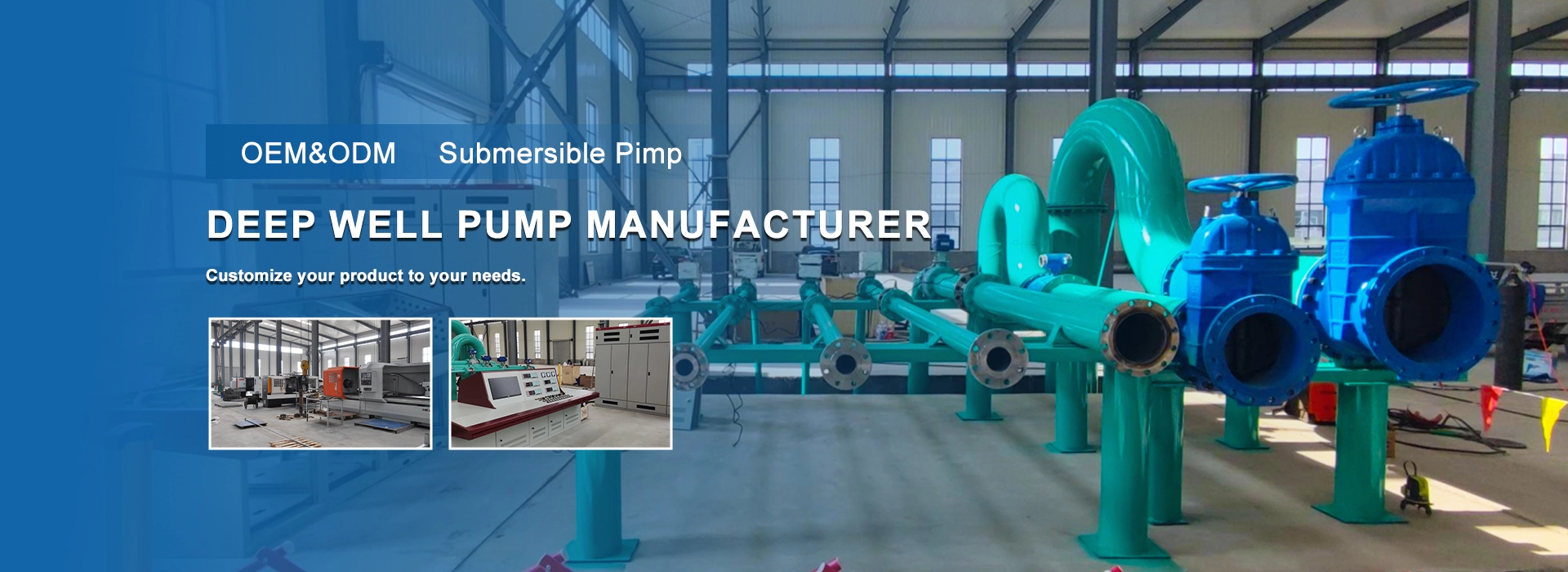Nov . 15, 2024 12:52 Back to list
puddle pumps
Understanding Puddle Pumps Essential Tools for Dewatering Applications
Puddle pumps, often referred to as submersible pumps, have become indispensable tools in various industries and applications, primarily for dewatering tasks. These versatile devices are designed to remove excess water from areas prone to flooding, such as basements, construction sites, and agricultural fields. Their efficiency and effectiveness make them a go-to solution for managing water accumulation and maintaining safe environments.
One of the primary benefits of puddle pumps is their ability to operate in shallow water situations. Unlike typical pumps, which may need a certain level of water to function properly, puddle pumps can handle very low water levels, sometimes as little as 1mm. This capability is particularly useful in spaces where water can gather after heavy rainfall or during construction activities, allowing for complete dewatering and preventing damage to structures.
When selecting a puddle pump, several factors must be considered. The pump's power output, usually measured in horsepower, determines its capacity to move water. A more powerful pump can handle larger volumes of water more quickly, which is crucial in emergency situations or extensive dewatering tasks. Additionally, the pump's design and materials must be assessed for durability, especially if it will be used in harsh conditions or with abrasive materials.
puddle pumps

Another critical aspect of puddle pumps is their portability
. Designed to be lightweight and compact, many models can easily be transported and set up wherever they are needed. This feature is particularly valuable for contractors and homeowners alike, as it enables quick deployment in response to unforeseen flooding or water accumulation.Safety is also a primary consideration with puddle pumps. Most units come equipped with dual insulation and safety features, such as automatic shut-off mechanisms, ensuring safe operation in wet conditions. Users should always follow the manufacturer’s guidelines for operation and maintenance to prevent accidents and prolong the lifespan of the pump.
In addition to their practical uses, puddle pumps can also contribute to environmental sustainability. By efficiently removing standing water, they help prevent soil erosion and safeguard surrounding ecosystems. Furthermore, using these pumps allows for better management of rainwater, which can be reused for irrigation or other purposes, thereby promoting responsible water usage.
In conclusion, puddle pumps are valuable appliances in both residential and industrial settings. Their ability to function effectively in shallow water, combined with features such as portability and safety mechanisms, makes them a reliable solution for dewatering needs. As the demand for efficient water management solutions grows, puddle pumps are likely to remain at the forefront of this essential industry, providing effective means to combat water-related challenges. Whether dealing with a flooded basement or managing water on a construction site, puddle pumps are tools that can help mitigate risks and ensure that work can continue smoothly without the hindrance of excess water.
-
Submersible Water Pump: The Efficient 'Power Pioneer' of the Underwater World
NewsJul.01,2025
-
Submersible Pond Pump: The Hidden Guardian of Water Landscape Ecology
NewsJul.01,2025
-
Stainless Well Pump: A Reliable and Durable Pumping Main Force
NewsJul.01,2025
-
Stainless Steel Submersible Pump: An Efficient and Versatile Tool for Underwater Operations
NewsJul.01,2025
-
Deep Well Submersible Pump: An Efficient 'Sucker' of Groundwater Sources
NewsJul.01,2025
-
Deep Water Well Pump: An Efficient 'Sucker' of Groundwater Sources
NewsJul.01,2025
-
 Submersible Water Pump: The Efficient 'Power Pioneer' of the Underwater WorldIn the field of hydraulic equipment, the Submersible Water Pump has become the core equipment for underwater operations and water resource transportation due to its unique design and excellent performance.Detail
Submersible Water Pump: The Efficient 'Power Pioneer' of the Underwater WorldIn the field of hydraulic equipment, the Submersible Water Pump has become the core equipment for underwater operations and water resource transportation due to its unique design and excellent performance.Detail -
 Submersible Pond Pump: The Hidden Guardian of Water Landscape EcologyIn courtyard landscapes, ecological ponds, and even small-scale water conservancy projects, there is a silent yet indispensable equipment - the Submersible Pond Pump.Detail
Submersible Pond Pump: The Hidden Guardian of Water Landscape EcologyIn courtyard landscapes, ecological ponds, and even small-scale water conservancy projects, there is a silent yet indispensable equipment - the Submersible Pond Pump.Detail -
 Stainless Well Pump: A Reliable and Durable Pumping Main ForceIn the field of water resource transportation, Stainless Well Pump has become the core equipment for various pumping scenarios with its excellent performance and reliable quality.Detail
Stainless Well Pump: A Reliable and Durable Pumping Main ForceIn the field of water resource transportation, Stainless Well Pump has become the core equipment for various pumping scenarios with its excellent performance and reliable quality.Detail
